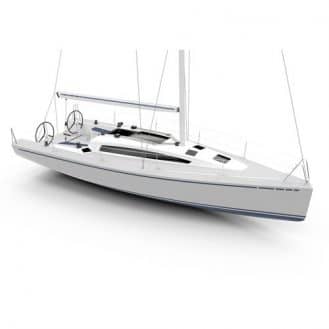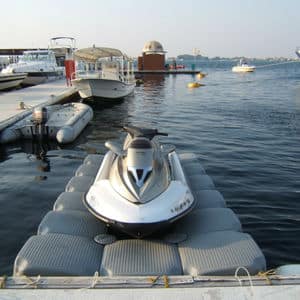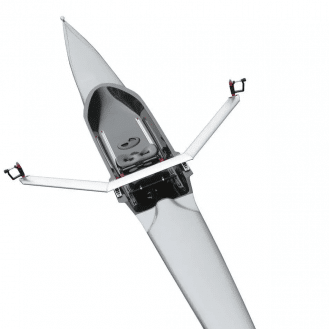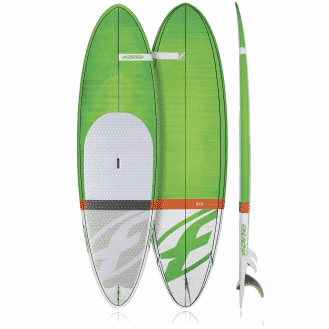A floating dock is a structure built on buoyancy chambers, allowing boats to moor so that they can be reached on foot. Floating docks can be used on their own (for example, along a riverbank) or they can be assembled to form a complete port facility for the development of marinas. They can be fitted with mooring accessories, such as cleats, or as terminals for distributing water or electricity. In regions subject to tidal range, a floating dock is essential in order to maintain a constant height for embarking and disembarking. They can also be used as work areas in ports, marinas and shipyards.











It’s great that you mentioned how a floating dock is essential in order to maintain a constant height for embarking and disembarking. We just moved to a lakeside property and I think it would be nice if we have a dock too. With that in mind, we need to call a floating dock builder.